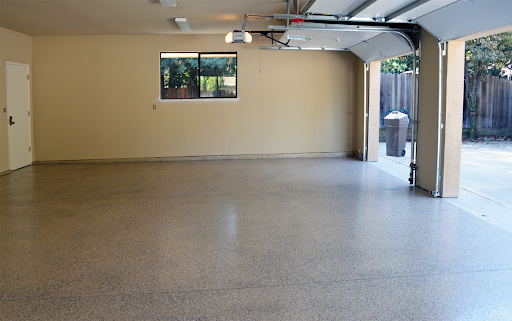The traditional model of consumption for brands has been criticized for long. There has been an urgent need for change as the rising amounts of waste that are being produced after the consumption of raw materials or manufactured products have been a cause of concern. As economies all over the world have been progressing at unprecedented rates, the consumption and demand for products and services have also increased. However, a common practice of “take-make-dispose” is the major reason behind the one-time use of products and services. As a result, landfills are overflowing, oceans are being polluted, and valuable materials are being discarded at an unacceptable rate. Here’s where a circular economy can bring about a much-needed change and transformation.
In a traditional linear economy, products are gathered, consumed, and thrown away without much consideration. However, in a circular economy, extracting the maximum potential from a commodity and using it for as long as possible is the major goal. A circular economy promotes sustainability, resource efficiency, and a forward approach towards modern issues. It is specifically designed to ensure each product can be and should be used in multiple sectors and ensure that out-of-the-box opinions are promoted to maximize value before it is turned into waste. This shift not only solved a social issue; it helped brands save up on costs and open new streams of revenue. By taking upon this social responsibility, brands can create more meaningful marketing strategies and brand awareness and attract environment-conscious customers to become a part of their customer base. More and more successful brands are opting to enter the circular economy and thrive with minimal resources and maximum results. They are finding creative and innovative solutions on how to make circularity more feasible and accessible by adopting AI-driven recycling or 3D printing with recycled materials.
In this article, we will look at how your brand can enter a circular economy and thrive by converting waste into wealth. From rethinking product design to engaging consumers, by the end of this guide, you will be equipped with all the tools required to adopt circularity and flourish without any compromises.
Creating Wealth From Waste in a Circular Economy

- Rethinking Product Design for Circularity
Change starts at the base. It is essential to shift your design strategies from a “take-make-dispose” strategy to a more environment-inclusive and sustainable strategy. Designing a product innovation strategy that lasts longer and can be recycled or repurposed is essential in creating an impact and adapting circularity cohesively. Using sustainable materials to reduce environmental impact can help include circularity in product design. Creating products with modular designs to increase their life span can allow users to change certain parts of a defective piece instead of discarding the entire product and looking for a new one.
- Turning Waste Into Raw Materials
Transforming waste into raw materials is one of the major principles of the circular economy. The waste gathered from one product can form the basis of development for the other. It can reduce costs and create more high-value products for your brand. You can promote product longevity by selling refurbished products. You can also transform waste materials such as plastics into high-quality nylons, which can be used in making fashionwear, sportswear, and even carpets.
- Implementing Circular Business Models
Businesses need to reimagine their models to include circularity. Instead of simply selling products, your brand can choose to adopt product-as-a-service. As an example, instead of simply offering bulbs, you can provide lighting-as-a-service and promote recycling and effective usage. Take-back programs can be implemented by offering customers rewards or discounts or taking back used products and promoting the sale of second-hand products.
- Leveraging Technology For Circular Innovation
In this modern era, leveraging technology can do wonders for your brand. Through innovative technologies such as blockchain, you can promote supply chain transparency and promote a circular economy in your industry. AI-powered material sorting can help you segregate waste and create a more structured way of transforming waste into wealth. 3D printing enables on-demand manufacturing and reduces waste from overproduction.
- Engaging Consumers in a Circular Economy
Even if you adopt a circular economy, it can be difficult to keep your consumers engaged, as it is a fairly recent concept. However, thanks to a progressive and open-minded population, with minimal effort, you can create a more engaging atmosphere. Offering rewards for sustainable choices, such as incentives or discounts, can encourage consumers to adopt circularity in their personal lives. Eco-friendly branding can add sustainability to your core values and encourage mindful consumption.
End Note
The circular economy is not just a concept; it is a revolutionary tool that is changing the way brands view waste materials. Designing products with longevity as a goal, repurposing waste, and leveraging digital solutions can help you smoothly transition from a linear economy to a circular economy and not only thrive but also lead by example. You can build a stronger brand that isn’t just focused on profit but also gives importance to sustainability and circular principles.









